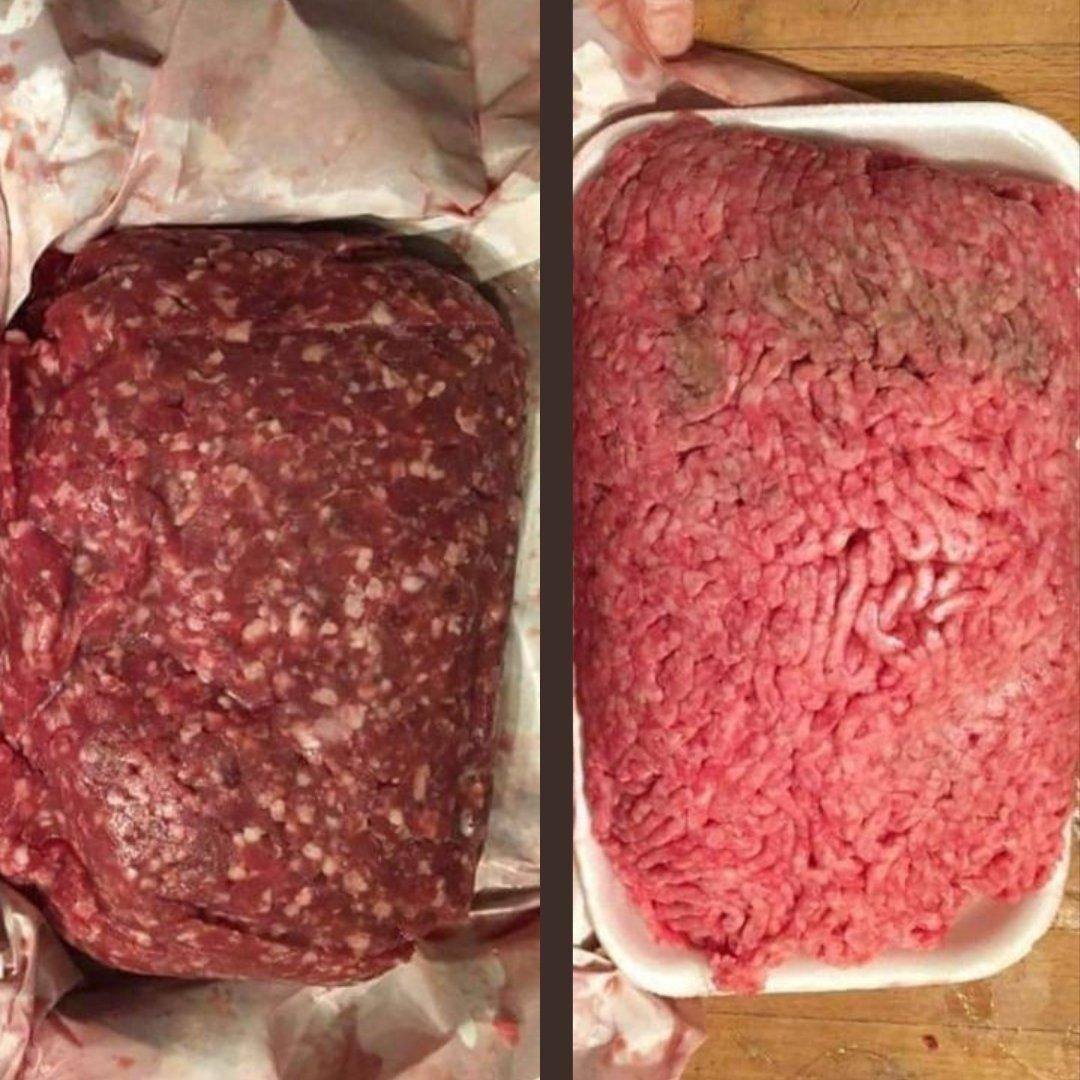ADVERTISEMENT
3. Texture
Farm-fresh beef often has a firmer, denser texture due to the more active lifestyle of the cattle. Grass-fed cattle are more mobile and eat a natural diet, which leads to leaner muscle development. In contrast, store-bought beef can sometimes be more tender because of the way the animals are raised in confined spaces and fed grain to promote faster growth. This tenderness, however, comes at the cost of flavor and nutritional value.
Hidden Differences: What You Can’t See
1. Nutritional Content
One of the biggest hidden differences between store-bought and farm-fresh beef lies in the nutritional content. Beef from animals raised on grass contains higher levels of omega-3 fatty acids, antioxidants, and vitamin E. Grass-fed beef is also lower in total fat, making it a healthier choice for those who want to reduce their saturated fat intake. On the other hand, grain-fed beef is typically higher in fat and lacks these essential nutrients.
2. Antibiotics and Hormones
Most store-bought beef comes from cattle that have been treated with antibiotics and growth hormones to promote faster growth and prevent illness in crowded feedlots. These hormones and antibiotics can remain in the meat, leading to concerns about their effects on human health. Farm-fresh beef, particularly when sourced from small, sustainable farms, is usually free from these treatments, making it a safer choice for those seeking hormone- and antibiotic-free options.
3. Environmental Impact
The environmental impact of store-bought beef is often more significant than farm-fresh beef. Industrial farming practices contribute to higher greenhouse gas emissions, water pollution, and soil degradation. Cattle raised in feedlots typically produce more waste, and their diet, which is often corn-based, requires large amounts of water and energy to grow. On the other hand, farm-fresh beef from regenerative, grass-fed systems has a lower carbon footprint. These farms are more sustainable, promoting biodiversity, improving soil health, and reducing the environmental damage associated with large-scale industrial farming.
Taste: What You Might Not Expect
While store-bought beef can sometimes be bland or fatty, farm-fresh beef often has a more complex, natural flavor. Because the cattle are raised on grass and allowed to roam freely, they develop a richer, more intense taste that many people find superior to the milder flavor of conventionally raised beef. Grass-fed beef is often described as having a more earthy or grassy flavor, and while it’s a matter of personal preference, many beef connoisseurs swear by it.
Price and Availability
Farm-fresh beef can be more expensive than store-bought beef, primarily because it’s raised on smaller, more sustainable farms that may not have the same economies of scale as large feedlots. However, many consumers believe the price is justified by the higher quality, better taste, and more ethical farming practices. Additionally, as more people become aware of the benefits of buying local, many farmers’ markets, butcher shops, and even grocery stores are offering more grass-fed beef options at competitive prices.
Which Should You Choose?
The decision between store-bought beef and farm-fresh beef comes down to what you value most. If you prioritize health, taste, and sustainability, then farm-fresh beef is the clear winner. While it may come at a higher price, the benefits to your health, the environment, and your palate can be worth the investment. On the other hand, if cost and convenience are your primary concerns, store-bought beef may still be an acceptable option, but it’s important to consider the long-term effects on your health and the planet.
Final Thoughts: Know What You’re Buying
When you make the choice between store-bought beef and farm-fresh beef, you’re not just choosing between two different cuts of meat; you’re making a decision that can impact your health, the environment, and the quality of your meals. By understanding the visible and hidden differences between these two types of beef, you’ll be able to make an informed decision that best aligns with your values and preferences.
Next time you’re at the store or the butcher, take a moment to consider the full picture and choose the beef that will not only satisfy your cravings but also align with your goals for a healthier, more sustainable future.
ADVERTISEMENT
